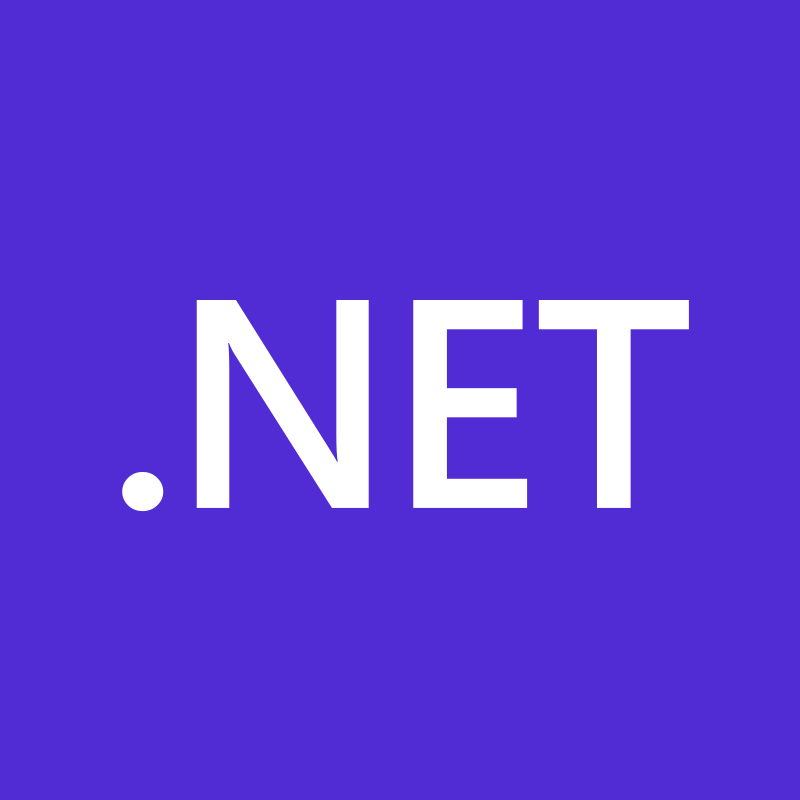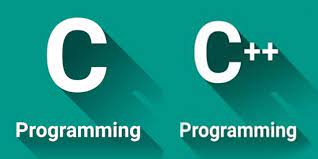Description
Introduction
Microsoft .NET is a comprehensive development platform that provides a set of tools, libraries, and frameworks for building a wide range of applications, including web, desktop, mobile, cloud, and IoT solutions. With support for multiple programming languages such as C#, F#, and Visual Basic, .NET allows developers to create high-performance, secure, and scalable applications. Its robust ecosystem includes features like the Common Language Runtime (CLR) for executing applications, a rich class library for common tasks, and powerful development tools like Visual Studio, making .NET a popular choice among developers worldwide.
Prerequisites for Microsoft .NET
- Basic Understanding of Programming Concepts: Familiarity with fundamental programming concepts such as variables, data types, control structures, and algorithms.
- Knowledge of Object-Oriented Programming (OOP): Understanding OOP principles, which are crucial for working effectively with .NET languages.
- Familiarity with C# or Other .NET Languages: Basic knowledge of C# or other languages supported by .NET.
- Development Environment Setup: Installation of Visual Studio or .NET SDK to develop and run .NET applications.
- Basic Understanding of Web Development (for ASP.NET): If focusing on web applications, familiarity with HTML, CSS, and JavaScript is beneficial.
TABLE OF CONTENT
1. Introduction to Microsoft .NET
1.1 Overview of .NET Framework
1.2 Key Features and Components
2. .NET Programming Languages
2.1 C#
2.2 VB.NET
2.3 F#
3. .NET Development Environment
3.1 Visual Studio IDE
3.2 .NET CLI (Command-Line Interface)
4. Basic Concepts of .NET
4.1 Common Language Runtime (CLR)
4.2 Common Type System (CTS)
4.3 Common Intermediate Language (CIL)
5. .NET Assemblies and Namespaces
5.1 Understanding Assemblies
5.2 Organizing Code with Namespaces
6. .NET Data Types and Variables
6.1 Primitive Data Types
6.2 Declaring and Using Variables
7. Control Flow Statements
7.1 Conditional Statements
7.2 Looping Statements
8. Object-Oriented Programming (OOP) in .NET
8.1 Classes and Objects
8.2 Inheritance, Encapsulation, Polymorphism, and Abstraction
9. Exception Handling in .NET
9.1 Try, Catch, Finally Blocks
9.2 Handling Exceptions Effectively
10. .NET Collections and Generics
10.1 Lists, Arrays, Dictionaries
10.2 Using Generics for Type Safety
11. File I/O in .NET
11.1 Reading and Writing Files
11.2 Working with Streams
12. .NET Database Connectivity
12.1 ADO.NET Basics
12.2 Connecting to and Querying Databases
13. Web Development with ASP.NET
13.1 Introduction to ASP.NET
13.2 Creating Web Applications
14. Windows Forms Applications
14.1 Building Desktop Applications
14.2 GUI Design with Windows Forms
15. Introduction to WPF (Windows Presentation Foundation)
15.1 Creating Modern, Rich Desktop Applications
16. Web Services in .NET
16.1 SOAP and RESTful Services
16.2 Consuming and Creating Web Services
17. Deployment and Versioning in .NET
17.1 Packaging and Deploying Applications
17.2 Version Control and Updates
18. Testing and Debugging in .NET
18.1 Unit Testing
18.2 Debugging Techniques
19. Security in .NET Applications
19.1 Authentication and Authorization
19.2 Securing Data and Communication
20. Performance Optimization in .NET
20.1 Code Profiling and Optimization
Conclusion
Microsoft .NET provides a robust and versatile platform for building modern applications across various domains. By mastering .NET, developers can leverage its powerful features to create high-quality software that meets user demands and adapts to evolving technology trends. The comprehensive ecosystem and supportive community surrounding .NET make it an excellent choice for both new and experienced developers looking to enhance their skills and career prospects in software development.
If you are looking for customized info, Please contact us here







Reviews
There are no reviews yet.